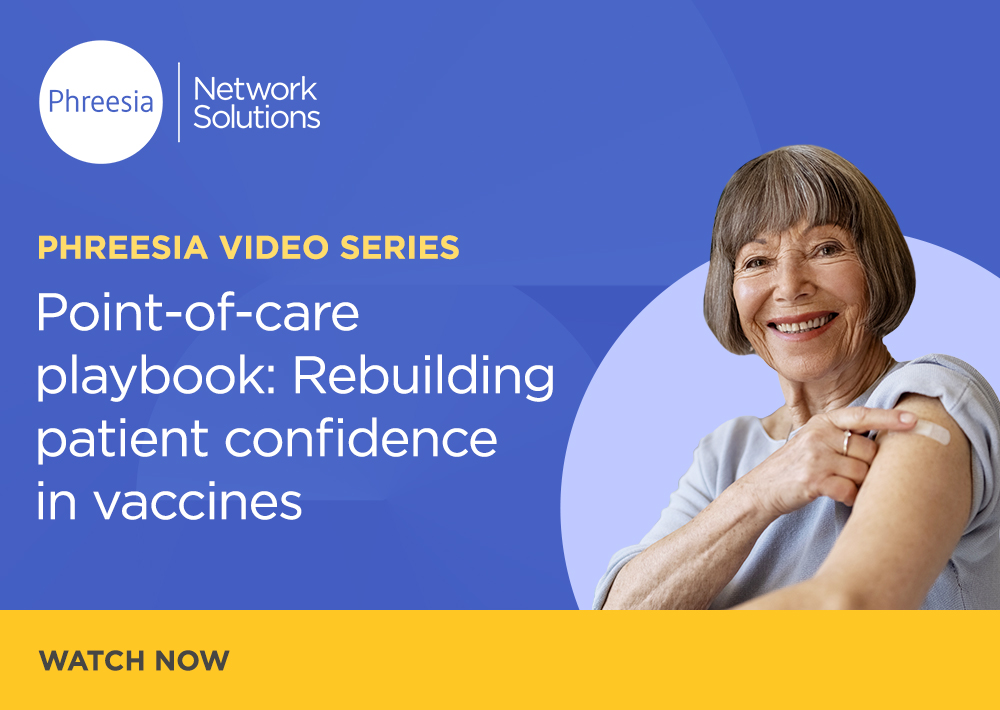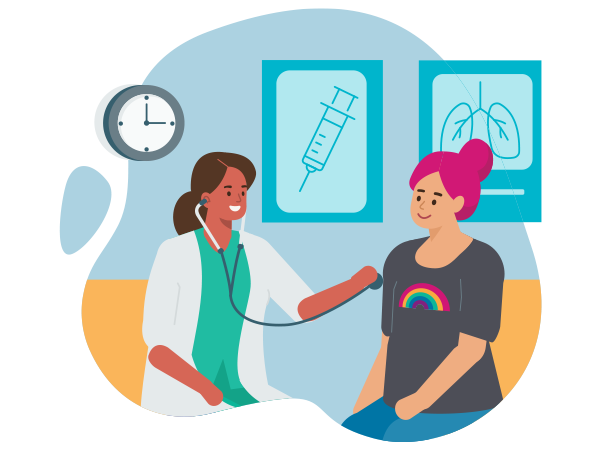
Success in 2023 will require a clear understanding of these forces and their impact on patient outreach. Here’s what they mean for your strategy.
Healthcare in 2023 will be shaped by consumerism trends that accelerated toward personalization, flexibility and convenience during the pandemic—but they’re far from the only forces influencing the industry.
Stakeholders across the healthcare ecosystem are prioritizing long-standing concerns about health equity and social determinants of health, forcing organizations to act. And consumers are rethinking their relationship to technology, particularly the data it captures, paying more attention to what they share—and what they gain—when they interact with brands online.
Success in 2023 will require a clear understanding of these forces and their impact on patient outreach. Here, we share how three senior leaders are thinking about and adapting to them, as well as insights into what they mean for your strategy.
1. Health equity
Health disparities continue to persist, but the response to them is changing. From the White House down, improving health equity has become a top priority. As Kris Doerfler, Director of Innovation at CMI Media Group, puts it, “There’s been a reckoning in our society around health disparities.”
That reckoning has occurred in lockstep with a broader focus on diversity, equity and inclusion (DE&I) that is manifesting real change. “We’ve attempted to address those issues within our own industry and our own practices,” Doerfler says. “DE&I is now a qualifier, not something to stand out. When we go to meet a new supplier, we will ask DE&I questions.” And suppliers often have the answers in hand, he adds.
Such efforts are shaping patient outreach, too. Nina Kreutzberg, Associate Director of Client Experience at Phreesia, anticipates that healthcare organizations will continue to “strive to understand and build inclusive patient experiences” and that brands will work both internally and cross-functionally to segue corporate goals around health equity.
As companies adapt to their new priorities, they may find that processes built for old objectives need to be updated. “Unique, culturally competent, inclusive experiences are not novelties, but organizations will need to continue to look for meaningful ways to measure and integrate them into brand and corporate KPIs,” Kreutzberg says.
2. At-home care
After seeing remote monitoring, testing and treatment approaches battle-tested during the pandemic, Dave Leitner, Managing Director, Head of Media at Klick Health, expects to see a growing emphasis on at-home care this year.
“At-home testing and care date back to the introduction of thermometers and fever reducers, but there is a renewed focus on these due to COVID-19 and numerous wearable devices,” Leitner says.
With this rise of new remote technologies comes new opportunities to connect with patients. With wearables delivering a continuous stream of data to healthcare providers, the number of doctor-patient touchpoints is likely to increase, opening the door for additional point-of-care outreach.
3. Data privacy
Consumers’ data-privacy concerns have been mounting in recent years, leading to the California Consumer Privacy Act and similar laws in other states that will impact the industry. Legislation is already in place in Virginia and is slated to take effect in Colorado, Connecticut and Utah in the coming months. With those impending regulations in mind, Leitner points out that brands will need to ensure they have their data-collection and use policies in place in order to stay compliant.
Reassuring consumers also will be key, regardless of the laws that govern the use of their data. In 2023, many consumers know the value of their data and have reservations about granting access to it. That concern is redefining the consumer-company relationship. In a world where patient outreach increasingly relies on consent, “It requires knowing them even better and building trust more consistently,” Kreutzberg explains.
Informed consent will be critical to delivering the customized messaging that consumers still want in an era of increased privacy. Big data has fueled a rise in personalization that, as Doerfler notes, “is driving significant changes in terms of how companies are looking to show up and what consumers are demanding from the brands that are trying to reach them.”
Find out how Phreesia can connect you to the patients you need to reach—wherever and however they seek care.











